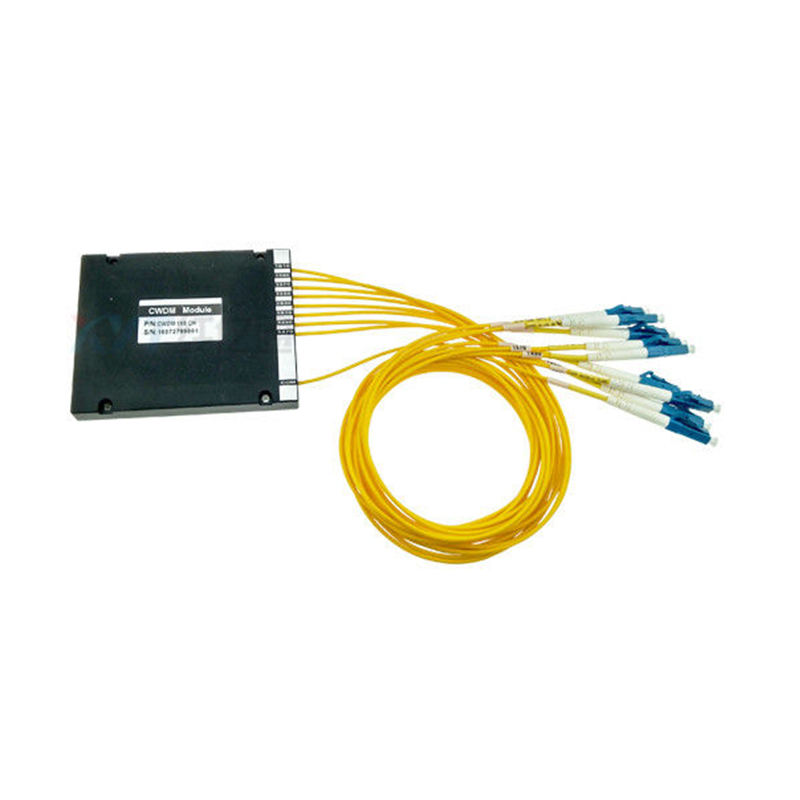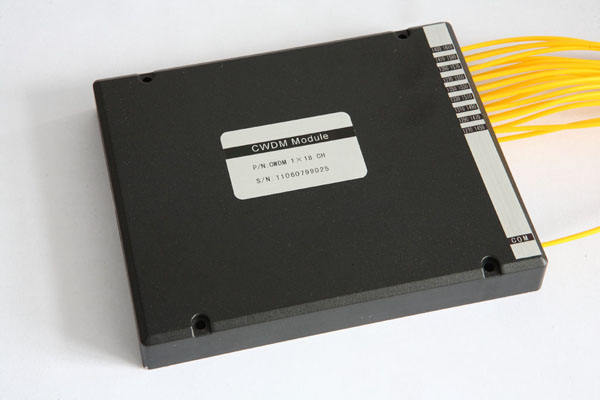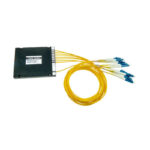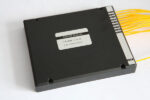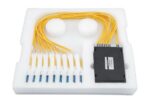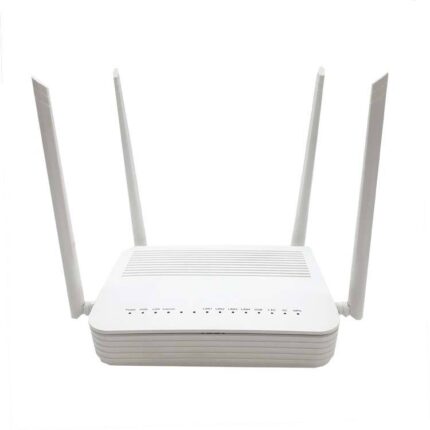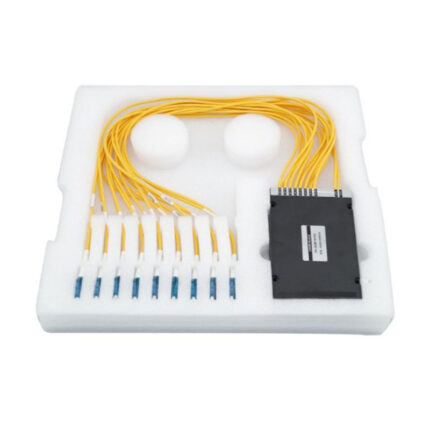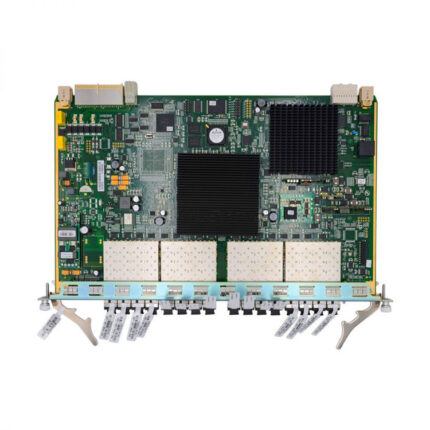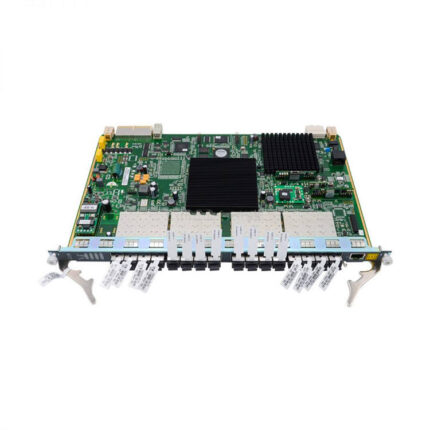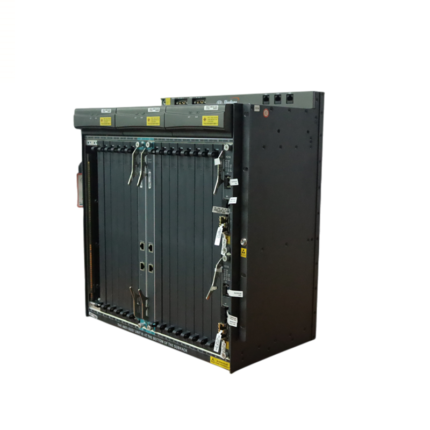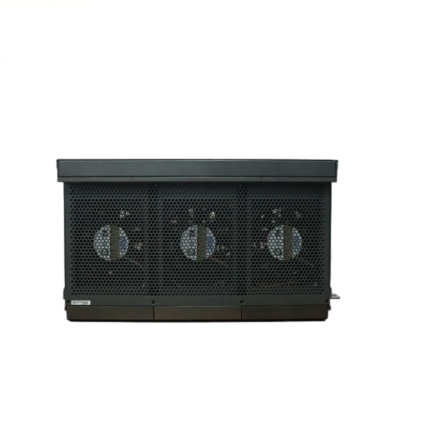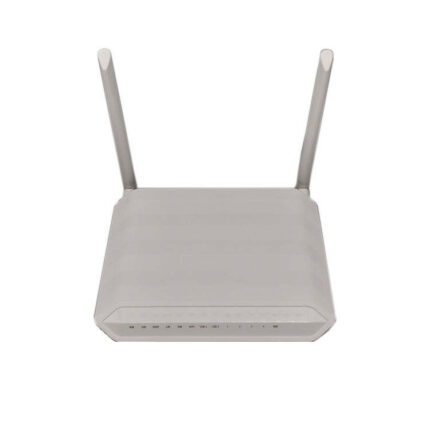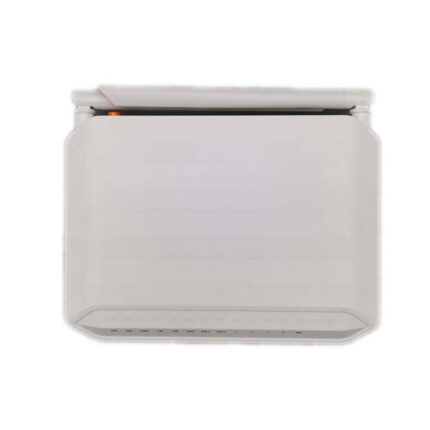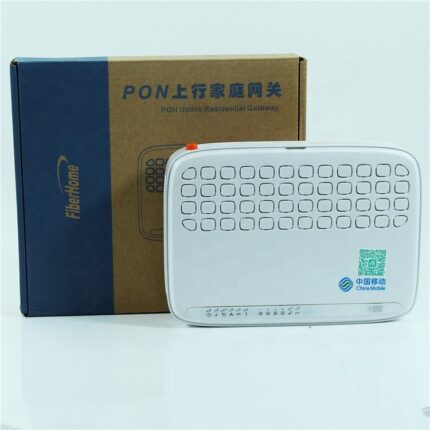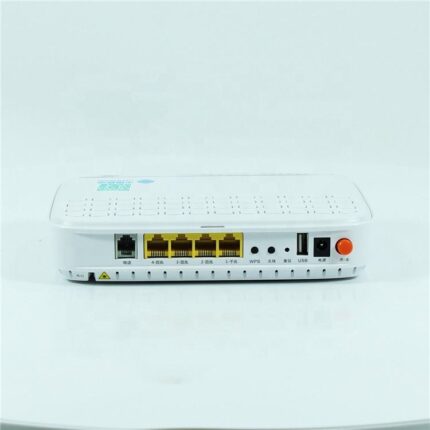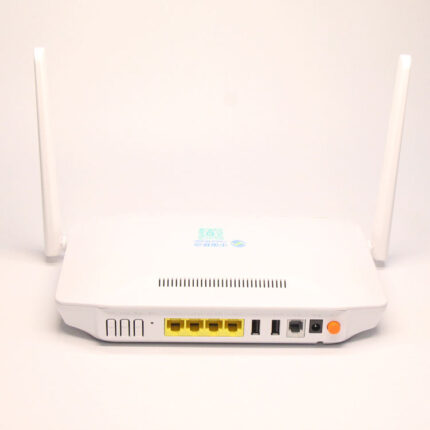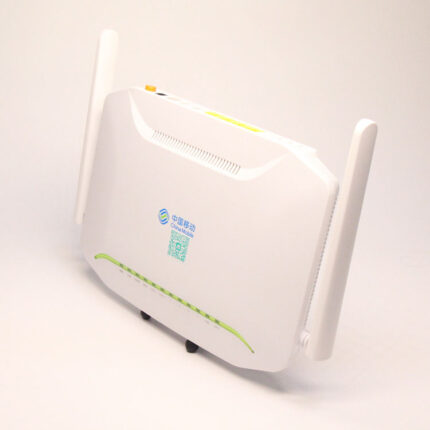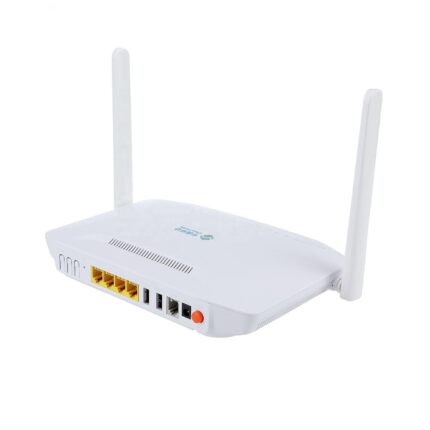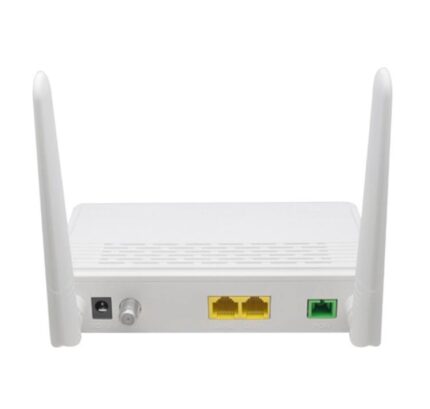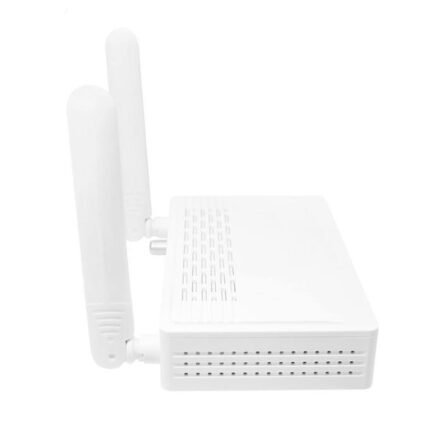cwdm 8ch Overview:
The cwdm 8ch Mux Demux is a cost-effective, flexible, and suitable for short-distance transmission passive CWDM device based on Free Space technology. This unit can be used as either a multiplexer or de-multiplexer (mux/demux). In accordance with the ITU-T G.694.2, it maximizes the capacity of the C-band range.
In conjunction with FS CWDM optical transceivers and OADM, etc., this Mux Demux supports a wide range of architectures from simple point-to-point to amplified ring configurations.
cwdm 8ch Features:
CWDM (Coarse Wavelength Division Multiplexing) is a technology used in fiber optic communications to increase bandwidth capacity over existing fiber networks. Here’s a brief overview:
- Principle: CWDM works by combining multiple optical signals of different wavelengths (colors of light) onto a single fiber optic cable. Each signal is transmitted at a specific wavelength, and these signals are then combined and transmitted over the same fiber.
- Channel Separation: CWDM typically uses wavelengths spaced at intervals of around 20 nanometers (nm), allowing for multiple channels (usually 8, 18, or 40) to be transmitted simultaneously over the same fiber without interfering with each other.
- Applications: CWDM is commonly used in metropolitan area networks (MANs), campus networks, and enterprise networks where distances are moderate and bandwidth requirements are high. It’s also used in telecommunications, cable TV, and internet service provider (ISP) networks.
- Benefits: CWDM offers several advantages, including increased bandwidth capacity, cost-effectiveness compared to Dense Wavelength Division Multiplexing (DWDM), and simplicity of deployment due to its fewer number of channels.
- Equipment: To implement CWDM, specialized equipment such as CWDM multiplexers and demultiplexers are used. These devices separate the combined signals at the receiving end back into their individual wavelengths.
- Limitations: While CWDM is effective for moderate-distance transmissions, it’s not suitable for long-haul communications where DWDM is preferred due to its higher channel density and longer reach.
Specifications:
| Wavelength Range | 1470nm – 1610nm |
| Channel Spacing | 20nm |
| Expansion Port Passband | 1260nm – 1457nm |
| Channel Passband | ± 6.5nm |
| Insertion Loss | ≤ 2.4dB (Typical: 2.0dB) |
| Insertion Loss @ 1% Mon Port | ≤ 24.3dB |
| Insertion Loss @ Exp | ≤ 2.4dB |
| Passband Ripple | ≤ 0.5dB |
| Technology | Free Space |
| Channel Isolation | Adjacent: ≥ 30dB<br>Non-adjacent: ≥ 40dB |
| Return Loss | ≥ 45dB |
| Directivity | ≥ 50dB |
| Polarization Dependent Loss (PDL) | ≤ 0.3dB |
| Polarization Mode Dispersion (PMD) | ≤ 0.1ps |
| Power Handling | ≤ 500mW |
| Dimensions (HxWxD) | 1.73″ x 8.35″ x 10.04″ (44x212x255mm) |
| Operating Temperature | -40 to 85°C (-40 to 185°F) |
| Storage Temperature | -40 to 85°C (-40 to 185°F) |
For more: Click here
